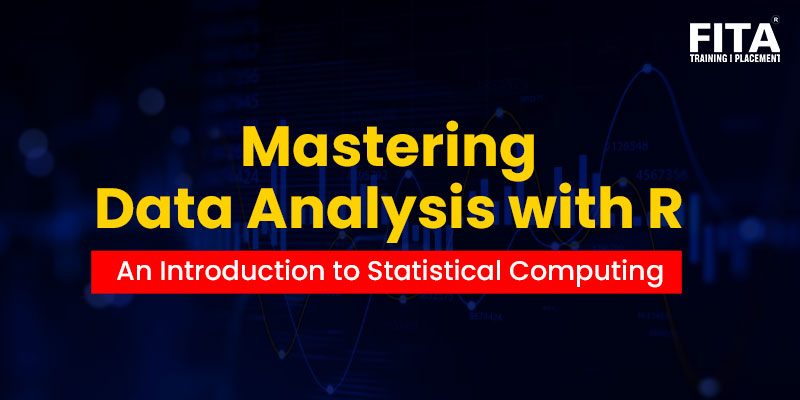
As more and more firms gather and analyse data to make informed decisions, data analysis is becoming more and more significant in today’s society. R has gained popularity as a sophisticated computer language and software environment for statistical analysis and graphics. We’ll introduce R and go over how to utilise it for data analysis in this blog.
What is R? Learn R Programming Training in Chennai and master how to use R language in data analysis and more.
What is R?
R is a powerful programming language and software environment widely used for statistical analysis, data visualisation, and data science. Developed in the early 1990s, R has gained immense popularity among researchers, statisticians, and data professionals due to its flexibility, extensive libraries, and community support.
At its core, R is a scripting language that allows users to perform complex statistical computations, create visualisations, and develop sophisticated data models. It provides a wide range of statistical approaches, such as linear and nonlinear time series analysis modelling, clustering, and more. Additionally, R offers a rich set of graphical capabilities, enabling users to generate high-quality visual representations of data.
The key strength of r software is its vast ecosystem of packages. These packages, created and contributed by a diverse community of developers, extend the functionality of R in numerous domains, including machine learning and natural language processing, and bioinformatics. The Comprehensive R Archive Network (CRAN) serves as a central repository for these packages, ensuring easy access and seamless integration into R projects.
Why use R for data analysis?
R has become a popular tool for data analysis for several reasons. First, it is free and open source, which implies that everyone can make use of it and advance it. Second, R has a sizable and active user and developer community that contributes to its development and upkeep. Third, R provides a wide variety of statistical and graphical techniques, which makes it a powerful tool for data analysis. Finally, R is highly extensible, which means that users can add their own functions and packages to the language.
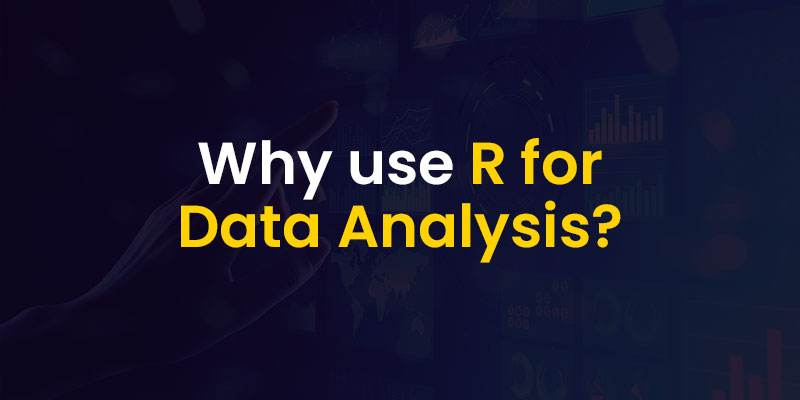
Vast Statistical Capabilities: R provides an extensive collection of statistical functions and packages, empowering analysts to perform a wide range of statistical analyses with ease. From simple descriptive statistics to complex multivariate modelling, R offers a comprehensive suite of tools to explore, manipulate, and interpret data.
Data Visualisation: R boasts exceptional data visualisation capabilities, enabling users to create visually appealing and informative graphs, charts, and plots. With a vast array of plotting libraries and customisation options, R allows analysts to communicate insights effectively, facilitating data-driven decision-making.
Reproducibility and Collaboration: R promotes reproducible research by allowing analysts to document and share their analysis workflows through scripts and notebooks. This facilitates collaboration, transparency, and the ability to replicate and validate results, enhancing the credibility and reliability of data analyses.
Active and Supportive Community: R benefits from a thriving and active user and developer community. This community continuously contributes new packages, functions, and resources, expanding the capabilities of R and providing valuable support through forums, mailing lists, and online resources.
Integration and Interoperability: R seamlessly integrates with other programming languages and tools, facilitating interoperability in complex data ecosystems. It enables smooth data exchange with databases, spreadsheets, and other data sources, streamlining data preprocessing and manipulation tasks.
Flexibility and Customisation: R is an open-source language, allowing users to customise and extend its functionality according to their specific requirements. Analysts can develop their own packages and functions or leverage existing ones, tailoring R to their unique data analysis needs.
Enrol for The Big Data Analytics Courses In Coimbatore and be a professional data analyst with the help of our experienced trainers. We also provide 100% placement assistance.
Data manipulation with R
One of the initial tasks you’ll have to complete when working with data in R is to import your data into R. R provides several functions for importing data from various file formats, including CSV, Excel, and SAS. Once you have imported your data into R, you can start manipulating it using R’s built-in functions and packages.
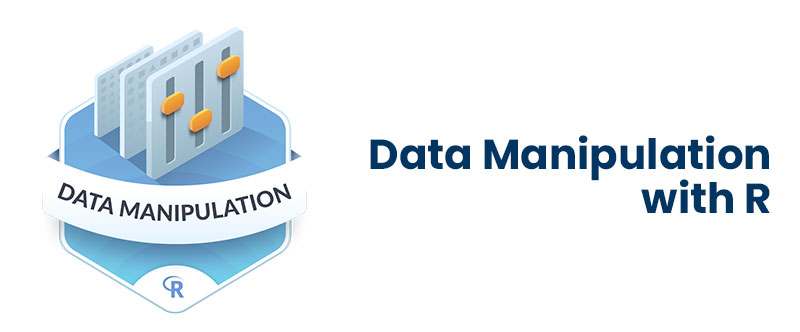
Data manipulation is a crucial step in the data analysis process, and R offers a robust set of tools and techniques to efficiently manipulate and transform data. With its extensive collection of packages and functions, R provides professionals with a powerful platform for data manipulation tasks.
One of the most often used data analyst tools for manipulation in R is dplyr. It introduces a set of intuitive and efficient verbs that simplify common data manipulation operations. Functions like filter(), select(), arrange(), and summarise () enable professionals to subset data based on specific criteria, select relevant variables, reorder data according to desired criteria, and summarise data using various aggregation functions. These operations can be performed on data frames, providing a familiar and intuitive interface for data manipulation.
In addition to dplyr, R offers tidy, a package that focuses on reshaping and tidying data. With functions like gather() and spread(), professionals can transform data between wide and long formats, ensuring the data is structured in a consistent and analytically friendly manner.
Data visualization with R
Data visualization plays a critical role in data analysis, enabling professionals to effectively communicate insights and patterns hidden within complex datasets. In this regard, R provides a comprehensive and professional environment for creating impactful data visualisations.
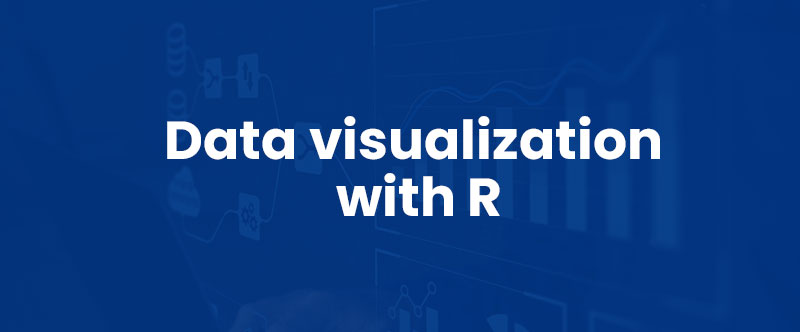
R offers a wide range of packages and libraries specifically designed for data visualisation, including ggplot2, plotly, and ggvis. These packages provide professionals with an extensive set of functions and options to create visually appealing and informative visual representations of data.
One of the most popular and powerful visualisation packages in R is ggplot2. Built on the principles of the Grammar of Graphics, ggplot2 allows professionals to construct sophisticated and customisable plots with a concise syntax. With its layered approach, users can easily add aesthetic elements, apply statistical transformations, and create faceted plots to explore relationships within the data.
For interactive and dynamic visualisations, R provides the plotly package. It enables professionals to create interactive plots that may be investigated and altered in real time, enhancing the viewer’s engagement and understanding of the data.
The Big Data Analytics Courses In Chennai will provide you with basic to advanced levels of knowledge in data analytics and will help you be a prominent data analyst
Data Preparation: Before visualising the data, it is essential to prepare and structure the data appropriately. This may involve cleaning the data, handling missing values, transforming variables, and organising it into a format suitable for visualisation.
Selecting the Visualisation Technique: Choose the most appropriate visualisation technique based on the nature of thedata analyst tools and the insights you want to convey. R offers a wide range of visualisation packages and functions, including ggplot2, plotly, and lattice, each with its own strengths and features.
Loading the Required Packages: Load the necessary packages into R that contain the functions and tools needed for the chosen visualisation technique. For example, if you are using ggplot2, load the ggplot2 package using the library() function.
Mapping Data to Aesthetics: Map the variables in the dataset to the visual aesthetics, such as the x-axis, y-axis, colour, shape, or size. This helps create meaningful visual representations that highlight patterns, relationships, and trends in the data.
Customising the Plot: Customise the appearance and style of the plot by modifying various elements like labels, titles, legends, colours, and fonts. R provides extensive options for customisation, allowing you to tailor the visualisations to your specific needs.
Adding Layers and Annotations: Enhance the visualisation by adding additional layers and annotations. This may include adding lines, points, smooth curves, error bars, or text annotations to provide further insights and context to the data.
Iterative Refinement: Iterate and refine the plot as needed. Experiment with different visual encodings, layouts, or themes to increase the efficacy and clarity of the visualisation.
Saving and Sharing: Save the final visualisation in a suitable format (e.g., PNG, PDF) for sharing or embedding in reports, presentations, or web applications.
Statistical modelling with R
Statistical modelling is a core component of data analysis, allowing professionals to uncover patterns, relationships, and insights within datasets. R, as a powerful statistical programming language, provides experts using a variety of tools and libraries for statistical modelling in a professional context. You can join the Data Analytics Course in Chennai to enhance your proficiency in statistical modelling and R programming. By joining this course, you can get the knowledge and practical skills needed to navigate the complexities of statistical analysis and programming.
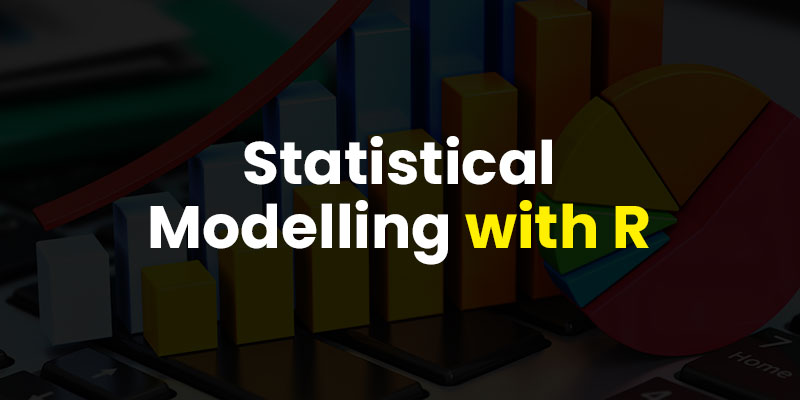
R offers numerous packages dedicated to statistical modelling, including renowned packages like stats, lme4, and glmnet. These packages provide a comprehensive set of functions and methods for performing a variety of statistical analyses.
The stats package in R offers a wealth of functions for conducting traditional statistical modellings techniques, such as linear regression, logistic regression, analysis of variance (ANOVA), and hypothesis testing. These functions provide professionals with the ability to fit models, estimate parameters, assess model fit and conduct statistical inference.
For more advanced statistical modelling, r software offers packages like lme4 for linear mixed-effects models, survival for survival analysis, and caret for machine learning techniques. These packages allow professionals to tackle complex modelling tasks, such as modelling hierarchical or longitudinal data, analysing survival data, or applying machine learning algorithms to make predictions.
Join FITA Academy for R programming training in Bangalore. And start understanding the basics of the R language with our experienced trainers.
R is a powerful programming language and software ecosystem that has evolved for statistical computations and graphics, a popular tool for data analysis. In this blog content, we have introduced and outlined its applications in data analysis. We have covered topics such as data manipulation, data visualisation, and statistical modelling. While r software has a steep learning curve, You may learn R using a variety of resources. And become proficient in data analyst tools.
